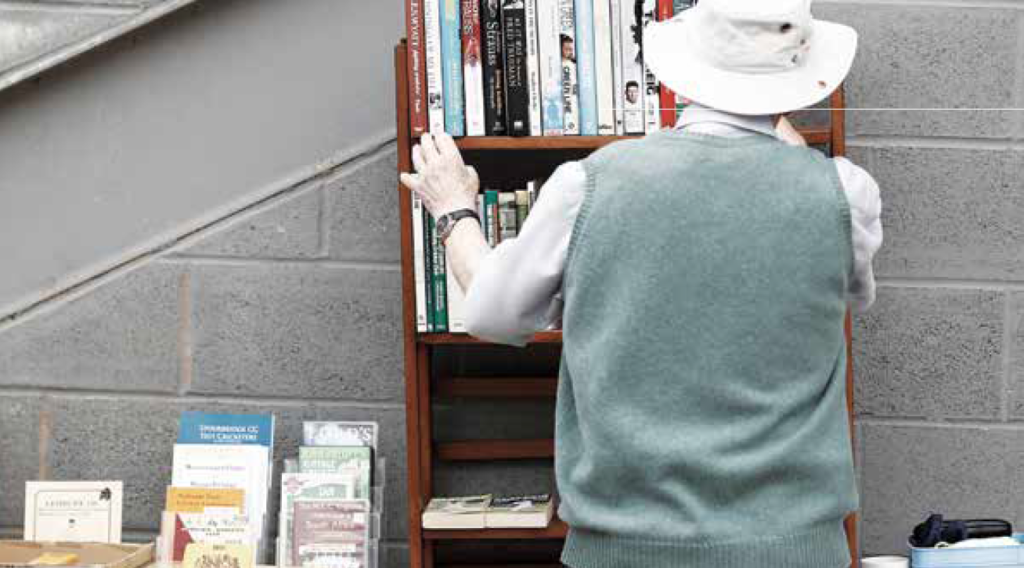Cricket lovers must find ways to make the best of an unavoidable situation – and appreciate the good times.
With the world in lockdown due to the impact of coronavirus, uncertainty is the name of the game. And as that age-old expression goes, ‘It’s just not cricket’. In fact, there isn’t a red ball, or white one, in sight. The feeling in March and into April was like being trapped in an extended minute’s silence, waiting for the whistle to signal the end of it and to hear and even feel the roar of the crowd. Cricket is not immune to the necessary drastic measures surrounding Covid-19.
Nor is the rest of sport – and more importantly, every part of society.
The game will eventually go on, but we’re not entirely sure when, or where. In the meantime we could transport ourselves to a previous time, where there wasn’t an instant connection to the rest of the world via the internet, online streaming, live television and smart phones.
As a young kid I would entertain myself in the backyard by throwing a tennis ball against a wall and then hitting it on the rebound. To make things a little tricker I’d dig a few holes near to where I wanted the ball to land. Any edge off the sand-papered plank of wood that passed as a bat was automatically out, as was the obvious rattle of the dustbin behind me. Anything lofted into a shrub would be caught. I imagined I was part of the then Natal team and I kept score; Barry Richards always opened with Henry Fotheringham and I batted at No 3. Mostly I top-scored, often unbeaten at the declaration, which was between 250 and 300, but every run was carefully marked down on a scoresheet.
When it rained I would go indoors and take two dice out of the drawer next to my bed. One was for batting, the other bowling. I’d write down the batting team’s names from 1-11 and roll the dice. Whatever the dice showed were runs – ones, twos, threes, fours and sixes. When it landed on a five that was a wicket.
The manner of identifying the bowler taking the wicket was a single roll of the dice – I had six bowlers on each side – and the modes of dismissal were bowled (one), caught (two and six), lbw (three), run out (four) and stumped (five). For the catcher I’d roll both dices and go down the list of players 1-11. A double six would mean No 1 would be the catcher.
Clive Rice, Vince van der Bijl and Alan Kourie were always high on the list of Transvaal’s wicket-takers.
I spent many, many hours alone playing cricket like that, outdoors and indoors. We didn’t have a TV and we had to amuse ourselves. A kid had to do what a kid had to do.
Now that coronavirus has brought cricket to a standstill I’ve been wondering what cricket lovers will do to pass the time. Do they read old cricket books? Download cricketing apps on their phones? Watch reruns of that 438 game from 12 March 2006? Pick fantasy XIs from down the years?
Many will feel like they’ve never had so much time on their hands as they do now. With no cricket being played, jobs are also affected: freelance commentators, those behind the camera, sound checkers, mixers, directors, sportscasters. If there is one good thing to come out of this state of affairs, it’s that when ‘normal service is resumed’ we will have a renewed appreciation for all those we took for granted. After all, one only truly appreciates the good times when they’re no longer there.
– This column first appeared in the April-June issue of SA Cricket magazine







